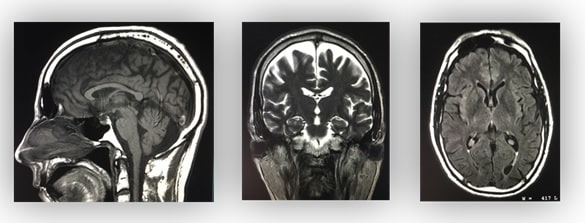
During this time, you can give your baby breast milk that you stored before the test. But if you are concerned, you can stop breastfeeding for up to 24 hours after the test. Most experts believe that very little dye passes into breast milk and even less is passed on to the baby. If you breastfeed and are concerned about whether the contrast material used in this test is safe, talk to your doctor. But most reactions are mild and can be treated using medicine. There is a slight chance of an allergic reaction if contrast material is used during the test. Be sure to tell your doctor if you have kidney problems or are pregnant. But for most people, the benefit of its use in this test outweighs the risk. Risks from contrast materialĬontrast material that contains gadolinium may be used in this test. It may affect any metal implants or other medical devices you have.

There are no known harmful effects from the strong magnetic field used for an MRI. The test usually takes 30 to 60 minutes but can take as long as 2 hours. The injection may be given over 1 to 2 minutes. If contrast material is needed, the technologist will usually put it in through an IV in your arm or hand. But the technologist will watch you through a window, and you'll be able to talk back and forth. You may be asked to hold your breath for short periods of time.ĭuring the test, you may be alone in the scanner room. It is very important to hold completely still while the scan is being done. You may be given earplugs or headphones with music to reduce the noise. You may also hear tapping or snapping noises as the MRI scans are taken. Inside the scanner, you will hear a fan and feel air moving. If feeling nervous keeps you from lying still, you can be given a medicine (sedative) to help you relax.

Some people feel nervous inside the MRI scanner. A device called a coil may be placed over or wrapped around the area to be scanned. The table will slide into the space that contains the magnet. During the testĭuring the test, you will lie on a table that is part of the MRI scanner. The MRI can cause burns with some patches. If you wear a medicine patch, you may need to remove it. If you are allowed to keep some of your clothes on, make sure your pockets are empty. (You may be allowed to keep on your underwear if it's not in the way.) You will be given a gown to use during the test. You will need to take off all or most of your clothes, depending on which area is examined. These objects may be attracted to the powerful magnet used for the test. You will need to remove all metal objects (such as hearing aids, dentures, jewelry, watches, and hairpins) from your body. There are two main types of MRI-the standard MRI machine and the open MRI machine. The contrast material may be put in a vein ( IV) in your arm or directly into your knee. The contrast material may be used to check blood flow, find some types of tumors, and show areas of inflammation or infection. In some cases, a contrast material may be used during the MRI scan to show certain structures more clearly in the pictures. Photographs or films of selected pictures can also be made. The images also can be reviewed remotely, such as in a clinic or an operating room. Pictures from an MRI scan are digital images that can be saved and stored on a computer for further study. It also can find tissue damage or disease, such as infection or a tumor. MRI can find changes in the structure of organs or other tissues. In many cases MRI gives information about structures in the body that cannot be seen as well with an X-ray, ultrasound, or CT scan.įor an MRI test, you are placed inside the magnet so that your knee is inside the strong magnetic field.

Muscles, ligaments, cartilage, and other joint structures are often best seen with an MRI.

Magnetic resonance imaging (MRI) is a test done with a large machine that uses a magnetic field and pulses of radio wave energy to make pictures of the knee.


 0 kommentar(er)
0 kommentar(er)
